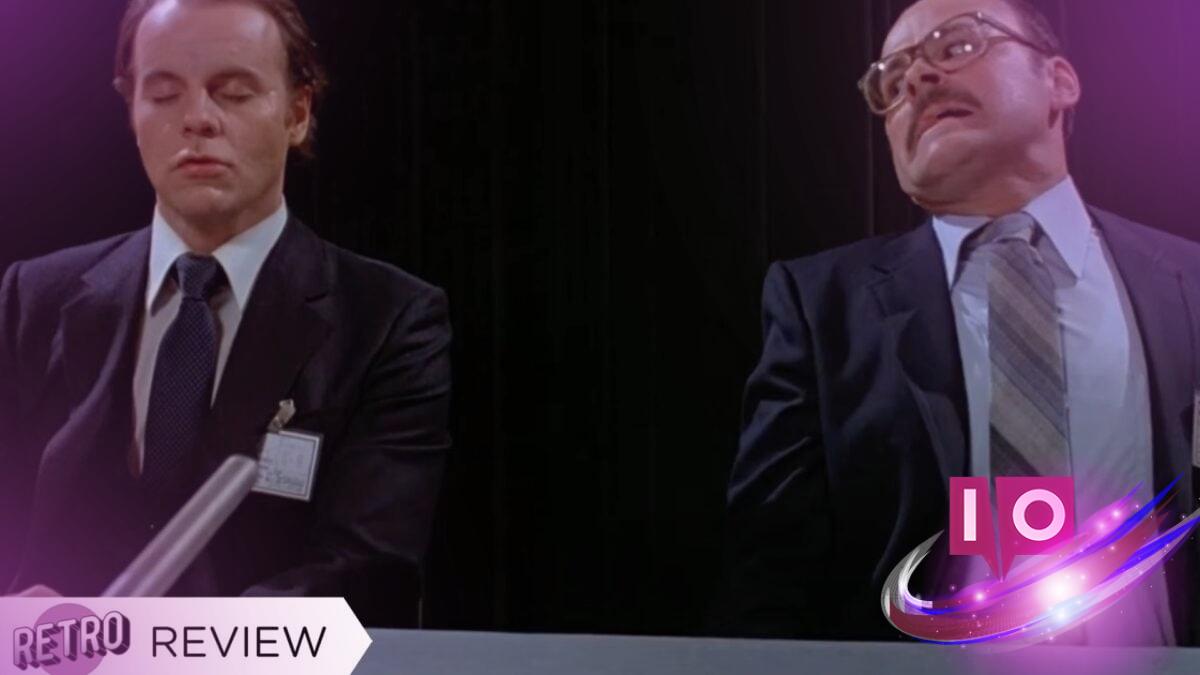When fans of cinema mention Scanners, the first thought that often springs to mind is its infamous exploding-head scene. This shocking moment places Scanners at the pinnacle of graphic horror, sitting alongside classics like Dawn of the Dead and Maniac.
While the astonishing work of special effects wizard Dick Smith demands recognition—he’s also known for films like The Exorcist and Death Becomes Her—there’s far more to David Cronenberg’s 1981 thriller than its gore. Even characters who survive the carnage endure unimaginable suffering, creating a sense of chaotic disturbance as the narrative builds towards a conclusion that offers some resolution but leaves many questions unanswered.
For Cronenberg, Scanners was a significant turning point, leading to further acclaim with subsequent 1980s projects like Videodrome, The Dead Zone, The Fly, and Dead Ringers. The head explosion occurs early in the movie, establishing not only the film’s willingness to push boundaries but also hinting at the terrifying capabilities of those with the titular psychic abilities.
Our protagonist, Cameron Vale (Stephen Lack), is a man acutely aware of his peculiarity but initially clueless about its origin. In stark contrast stands Darryl Revok (Michael Ironside), who is eager to use his powers for destruction.
As Scanners escalates towards an epic mental showdown between Vale and Revok—though not as visually shocking as the head explosion, it is nevertheless rich in Cronenberg’s iconic body horror—we gain insights into the origins of this “scanning” ability.
Unlike Stephen King’s tales such as Carrie and The Institute, where psychic abilities are innate, Scanners follows the path set in Firestarter, later echoed in the King-inspired Stranger Things. In this narrative, Scanners result from a controversial drug named “ephemerol,” which has an alarming impact on unborn children. This drug can also temporarily suppress telepathy. When Vale tries ephemerol, he experiences a brief, liberating reprieve from overwhelming mental noise.
What sets Scanners apart from similar stories is its focus on adult psychics, diverging from the youthful protagonists of productions like Stranger Things or The Fury. Additionally, it does not delve into the realm of government conspiracies, choosing instead to portray adversaries from a private military group and a dubious pharmaceutical lab, featuring a morally ambiguous scientist, Dr. Ruth (played by The Prisoner’s Patrick McGoohan), alongside a treacherous security chief, Keller (Lawrence Dane).
However, the true antagonist is Revok. He’s the mastermind behind that unforgettable exploding head, embodying a far more compelling conflict than the organizations eager to manipulate him. Revok’s ambitions are clear: he’s set on world domination, fostering a chilling “join me or perish” agenda.
Vale, along with supportive Scanners like Kim (played by Jennifer O’Neill, star of The Psychic), strive to thwart Revok’s chilling plans. Yet the narrative leaves us pondering the potential ethical uses of telepathy and mind control.
Vale’s remote mental attack on a stranger who expresses disdain for him reveals a darkly satisfying element of wish fulfillment, even if unintentional and alarming.
Moreover, Scanners possess the uncanny ability to access computers using their minds—though, in 1981, that means grappling with clunky payphones. The jittery, paranoid atmosphere Cronenberg crafts throughout the film reinforces the notion that when human consciousness transcends its limits, nobody truly wins.
“We were the dream, and he’s the nightmare,” Kim laments as Revok gains the upper hand. Yet, she looks at Vale, who has the greatest chance of defeating Revok, and remarks, “You’re barely human,” echoing Dr. Ruth’s harsh characterization of him as “a piece of human junk” and a “freak of nature.”
The film closes on a haunting note of uncertainty. While Revok is subdued, a threat looms on the horizon. In a pivotal moment, it’s unveiled that Revok’s insidious plan to create an army of mutants through the application of ephemerol on expectant mothers is set in motion, with “soldiers” about to be born. In an unsettling scene, Kim realizes she’s being scanned by a fetus.
Vale confidently declares, “We’ve won,” but it feels like a hollow victory. His mind has been transposed into Revok’s body, unlocking a new capacity that signals the potential for uncontrollable chaos. The torment that Vale once endured as an unaware Scanner echoes the fate of those yet to discover their abilities, leaving us questioning what future those newborn Scanners will embrace.
As you contemplate the uneasy blend of strange hope and undeniable foreboding that Scanners leaves you with, don’t hesitate to rewatch that iconic head explosion scene. Ironside’s twisted expressions as he channels his powers are worth several rewatches.
Scanners is available for streaming on HBO Max and will premiere on Shudder on October 1.
Is Scanners truly just a horror film about mind control? The film delves into the ethical quandaries surrounding such powers, urging the audience to reflect on morality.
What psychological themes are explored in Scanners? It grapples with the psyche’s limits and the repercussions of pushing those boundaries.
How does Scanners compare to other horror classics? While iconic for its gore, it also captures the eerie exploration of psychic powers and their implications.
What role does ephemerol play in Scanners? It serves as both the origin of the Scanners’ abilities and a testament to the darker side of scientific experimentation.
Interested in diving deeper into the unsettling world of Scanners? Check out more engaging content at Moyens I/O.
